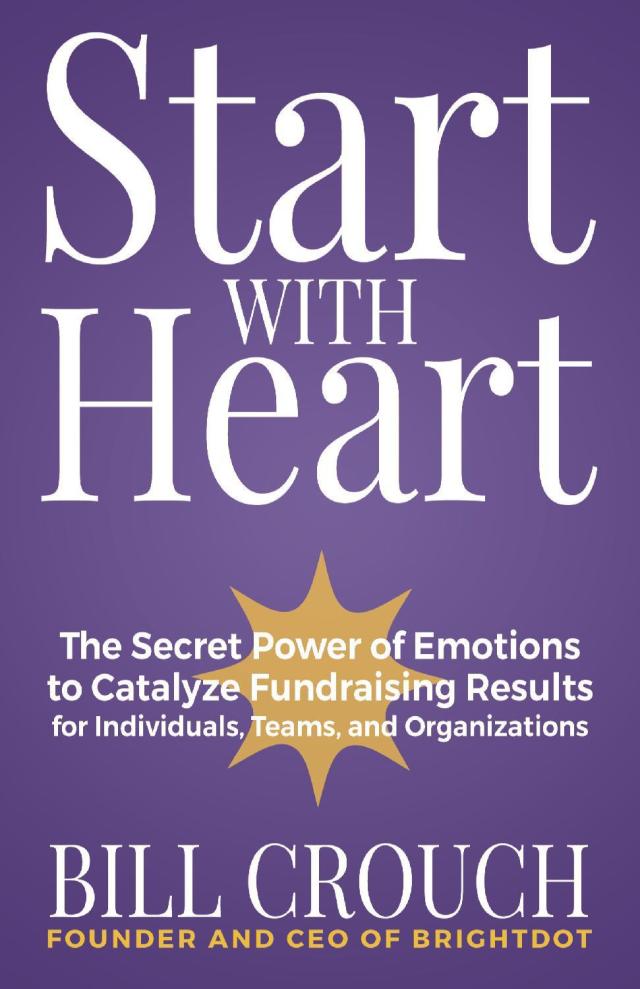
As part of his onboarding for a new staff job for a community nonprofit, Aaron attended a presentation about the organization’s staff-giving initiative. Employees could designate a certain number of dollars per paycheck as a donation back to the nonprofit.
At 29, Aaron was struggling to establish financial equilibrium — a stretch on his modest salary. After writing “$0.00” on his pledge card, Aaron’s manager pulled him aside: “Son, you don’t understand the meaning of ‘voluntary.’” The message was clear: Give to the campaign, or you’ll pay at work. While the program purported to be voluntary, in reality, participation was an expectation for every member of the staff.
Learning about Aaron’s experience got me thinking about the practice of employee-giving. My personal experience with it is limited. Over the years, I’ve served a number of nonprofits, and only once have I been asked–kindly and without pressure–to give back financially to the organization. But I have long felt uneasy about asking staff members to donate back to their place of employment.
I’ve seen how many nonprofit employees overextend themselves in their daily work. Too often their efforts go unnoticed, and the compensation they receive in return is underwhelming. Asking for–in some cases, demanding–more seems out of touch at best and carries the potential to stir up feelings of resentment among the staff as a whole.
In search of different perspectives on the matter, I invited colleagues to weigh in on Facebook. What had their experiences with employee-giving campaigns been like? I was curious to learn if they chose to participate or not, and for what reasons. Within an hour, twenty people weighed in. Clearly, I’d struck a nerve.
My friends’ comments ran the gamut. A few shared my skepticism of the practice. In other instances, the practice seemed to point toward prestige and appearance rather than philanthropy. A handful of respondents reported that their organizations boasted about “100% giving” to provide a positive data point in soliciting larger gifts from donors.
While maintaining a positive reputation is vital to any nonprofit’s success, pressuring employees to give financially in order to secure organizational kudos is troubling to say the least.
Are employee-giving campaigns always problematic? They don’t have to be. In fact, several colleagues emphasized the importance–and the joy–of donating to their places of work. One colleague said that being a monthly sustainer of several nonprofits, including the one where he currently works, allows him to demonstrate his deep trust and belief in their missions and programs.
Others noted special fundraising initiatives that inspired them to contribute financially. For example, one healthcare nonprofit focused its staff drive on raising money to make major renovations to a women’s services unit that had not been touched in decades. Many of the organization’s employees had given birth in that very center and nurtured a deep appreciation for the unit’s nurses who cared for them in childbirth. Not surprisingly, these staff eagerly contributed to efforts to enhance the environment, not only for the benefit of future patients who will give birth there, but for the nurses who will tend to them.
When executed thoughtfully, the employee-giving model can provide a way for staff to play an even greater role in fulfilling the organization’s mission. Following are some ideas to keep in mind as you consider an internal giving campaign
Make the campaign truly voluntary. Employees should be encouraged to give, but they should never feel obligated or to do so. Avoid any potentially coercive tactics, such as publicly posting donation amounts or scheduling employee performance reviews shortly after the close of the campaign.
Design an employee-giving campaign that will excite and inspire staff to give while giving them ownership over the idea. Poll your team about the improvements and enhancements they would like to see in your organization. Designate a portion of dollars raised toward one of those priorities, or set an employee-identified priority as the designated campaign.
Have peers make the ask of each other. Once you’ve determined a giving priority or campaign, enlist staff members to serve as team leads for their specific departments. When the request comes from a close colleague, it will feel more personal and is likely to generate a positive sense of team spirit and collaboration.
Make giving back — but to others — a core value at work. Take steps to emphasize the importance of donating to other causes and organizations. For example, designate an afternoon every quarter when staff can take time off to give of their time at other organizations they support.
Celebrate and acknowledge every donation, no matter its size. Drive home with your staff that participation is valued at every level. In measuring success, focus less on the total amount raised and more on the number of staff members who gave.
When you approach your internal giving campaigns with the right spirit, and take these steps to ensure that your employee-giving campaign is invitational, inspiring, and inclusive, you and your staff may decide it’s one of the best initiatives of the year.
Katey Zeh is Brightdot’s Academic Executive Director.

